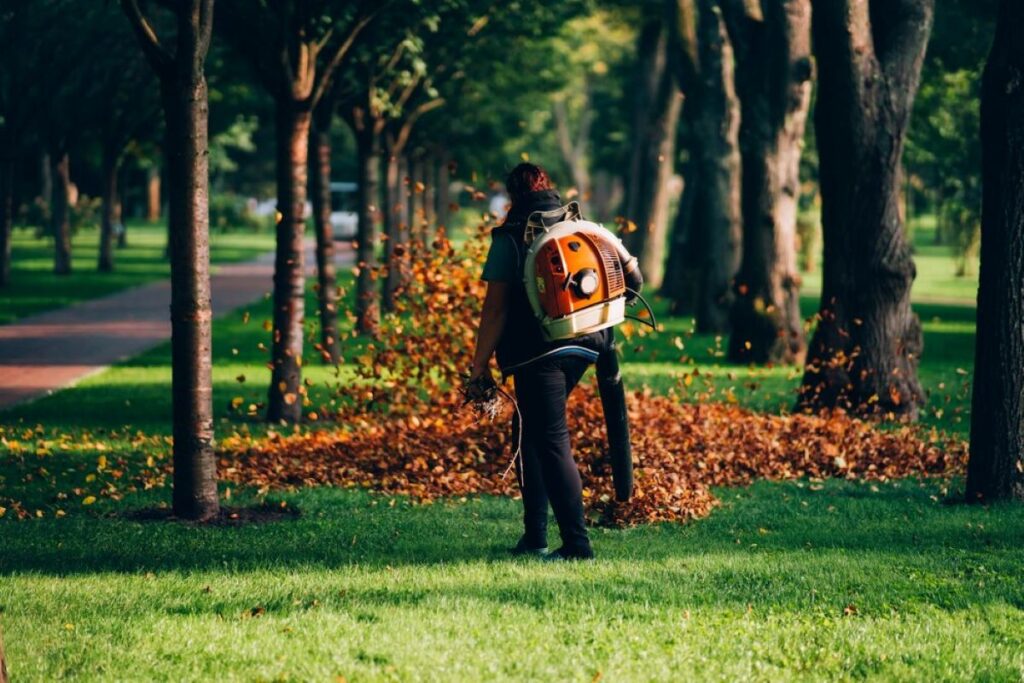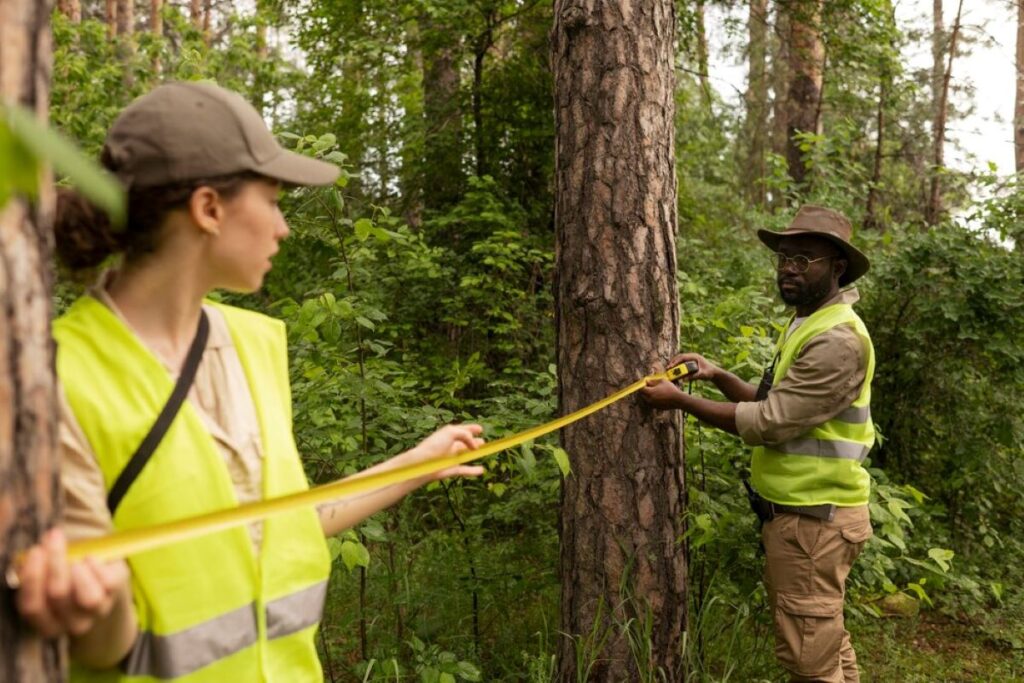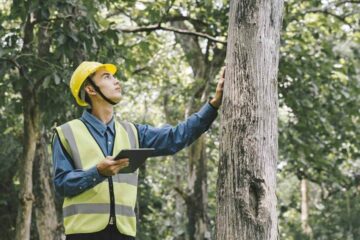In the vibrant city of Sydney, the importance of trees extends beyond mere aesthetics; they play a crucial role in the urban ecosystem. As urban development continues to rise, the need for comprehensive arborist reports becomes increasingly vital. These reports provide essential insights into the health and management of trees, ensuring that both the environment and community are considered in planning and development decisions.
What is an Arborist Report?
An arborist report is a detailed document prepared by a qualified arborist, a professional trained in the care and management of trees. This report assesses the condition of trees on a property, offering recommendations for their care, maintenance, or removal when necessary. The information contained within an arborist report sydney is invaluable for homeowners, developers, and local councils alike.
Key Components of an Arborist Report
Typically, an arborist report includes several key components:
- Tree Assessment: A thorough evaluation of the tree’s health, species, age, and structural integrity.
- Risk Analysis: Identification of potential hazards, such as dead branches or disease, that could pose risks to people or property.
- Management Recommendations: Suggestions for care, including pruning, fertilisation, or, in some cases, removal.
These components ensure that stakeholders have a comprehensive understanding of the trees in question, enabling informed decision-making. Additionally, the report may include photographs and diagrams to visually represent the condition of the trees, making it easier for non-experts to grasp the issues at hand. This visual documentation can be particularly helpful during discussions about tree management with local councils or community groups, as it provides clear evidence of the tree’s status and the rationale behind the recommendations.
The Role of an Arborist
Arborists are highly trained professionals who possess a deep understanding of tree biology, ecology, and management practices. Their expertise allows them to assess trees accurately and provide recommendations tailored to specific situations. In Sydney, where urban development often conflicts with the preservation of green spaces, the role of arborists is particularly crucial. They not only help to ensure that trees are healthy and safe but also advocate for the importance of trees in urban environments, highlighting their benefits such as air quality improvement, temperature regulation, and biodiversity support.
Moreover, arborists often collaborate with landscape architects and urban planners to integrate trees into development projects effectively. This collaboration helps to create sustainable environments that respect the existing natural landscape while accommodating growth. By conducting tree surveys and providing expert advice on species selection, planting locations, and ongoing care, arborists play a vital role in enhancing the aesthetic and ecological value of urban areas, ensuring that trees continue to thrive alongside human development.
Why Are Arborist Reports Important in Sydney?
Arborist reports serve multiple purposes in Sydney, making them essential for various stakeholders, including homeowners, developers, and local councils.
Supporting Urban Development
As Sydney continues to grow, the need for new developments often leads to the removal of trees. Arborist reports help ensure that this process is conducted responsibly. By providing a clear assessment of tree health and potential risks, these reports enable developers to make informed choices about which trees can be preserved and which may need to be removed.
Moreover, local councils often require arborist reports as part of the planning process. This ensures that any development complies with environmental regulations and promotes sustainable practices. The reports not only assess the immediate impact on the trees but also consider the long-term ecological benefits of maintaining a healthy urban canopy, which plays a crucial role in air quality, biodiversity, and climate resilience.
Enhancing Safety
Safety is a paramount concern in urban environments. Trees that are unhealthy or structurally compromised can pose significant risks to people and property. Arborist reports identify these risks, allowing property owners and local councils to take proactive measures to mitigate potential hazards.
Regular assessments can prevent accidents caused by falling branches or uprooted trees, thereby enhancing public safety in parks, streets, and residential areas. Furthermore, these reports often include recommendations for tree maintenance practices, such as pruning or cabling, which can significantly extend the lifespan of trees and reduce the likelihood of failure. This proactive approach not only safeguards the community but also fosters a culture of environmental stewardship, encouraging residents to engage with and care for their local green spaces.
How to Obtain an Arborist Report
Obtaining an arborist report in Sydney involves several steps, each designed to ensure that the assessment is thorough and accurate.
Finding a Qualified Arborist
The first step is to find a qualified arborist who is certified and experienced. In Australia, arborists can obtain certification through various professional organisations, such as Arboriculture Australia. It is advisable to check credentials and reviews before hiring an arborist to ensure that they have the necessary expertise.

Conducting the Assessment
Once a qualified arborist is selected, they will conduct a site visit to assess the trees in question. This assessment typically involves examining the tree’s overall health, structure, and surrounding environment. The arborist may also consider factors such as soil conditions and potential pests or diseases.
Receiving the Report
After the assessment, the arborist will compile their findings into a comprehensive report. This document will include the key components mentioned earlier, along with photographs and diagrams to illustrate their observations. The report will then be delivered to the client, often accompanied by a discussion of the findings and recommendations.
Common Reasons for Arborist Reports
There are several scenarios in which an arborist report may be required or beneficial. Understanding these situations can help property owners and developers appreciate the value of these assessments.
Property Transactions
When buying or selling a property, an arborist report can provide critical information about the trees on the land. Buyers may want to know the health of existing trees, especially if they are significant features of the property. Sellers can also benefit from having a report to demonstrate the care and management of the trees, potentially increasing the property’s value.
Development Applications
In many cases, local councils require arborist reports as part of development applications. This is particularly true for projects that may impact significant trees or vegetation. The report helps councils assess the potential environmental impact of the proposed development and ensures compliance with local regulations.
Tree Preservation Orders
In Sydney, some trees are protected under Tree Preservation Orders (TPOs). An arborist report can provide the necessary information to support the preservation of these trees, outlining their significance and health. This documentation is essential for property owners who wish to undertake work that may affect protected trees.
Understanding the Cost of Arborist Reports
The cost of an arborist report can vary significantly based on several factors, including the complexity of the assessment, the number of trees involved, and the specific requirements of the report.
Factors Influencing Cost
Some of the key factors that influence the cost of an arborist report include:
- Size of the Property: Larger properties with more trees will typically incur higher assessment fees.
- Type of Assessment: A basic health assessment may cost less than a comprehensive risk analysis or management plan.
- Location: Prices may vary depending on the arborist’s location and the demand for services in that area.
Budgeting for an Arborist Report
When budgeting for an arborist report, it is essential to consider the potential long-term benefits. Investing in a thorough assessment can save property owners money in the long run by preventing costly damage or accidents related to tree failure. Click here to get more about how much does tree removal cost in sydney?
Moreover, having a professional report can facilitate smoother property transactions and development processes, making it a worthwhile investment.

Conclusion
Arborist reports are an essential tool for managing trees in Sydney, providing valuable insights that benefit property owners, developers, and local councils alike. By understanding the importance of these reports, the components they include, and the process of obtaining one, stakeholders can make informed decisions that promote safety and sustainability in the urban environment.
As Sydney continues to grow and evolve, the role of arborists and their reports will remain critical in ensuring that the city’s green spaces are preserved and managed effectively for future generations.
